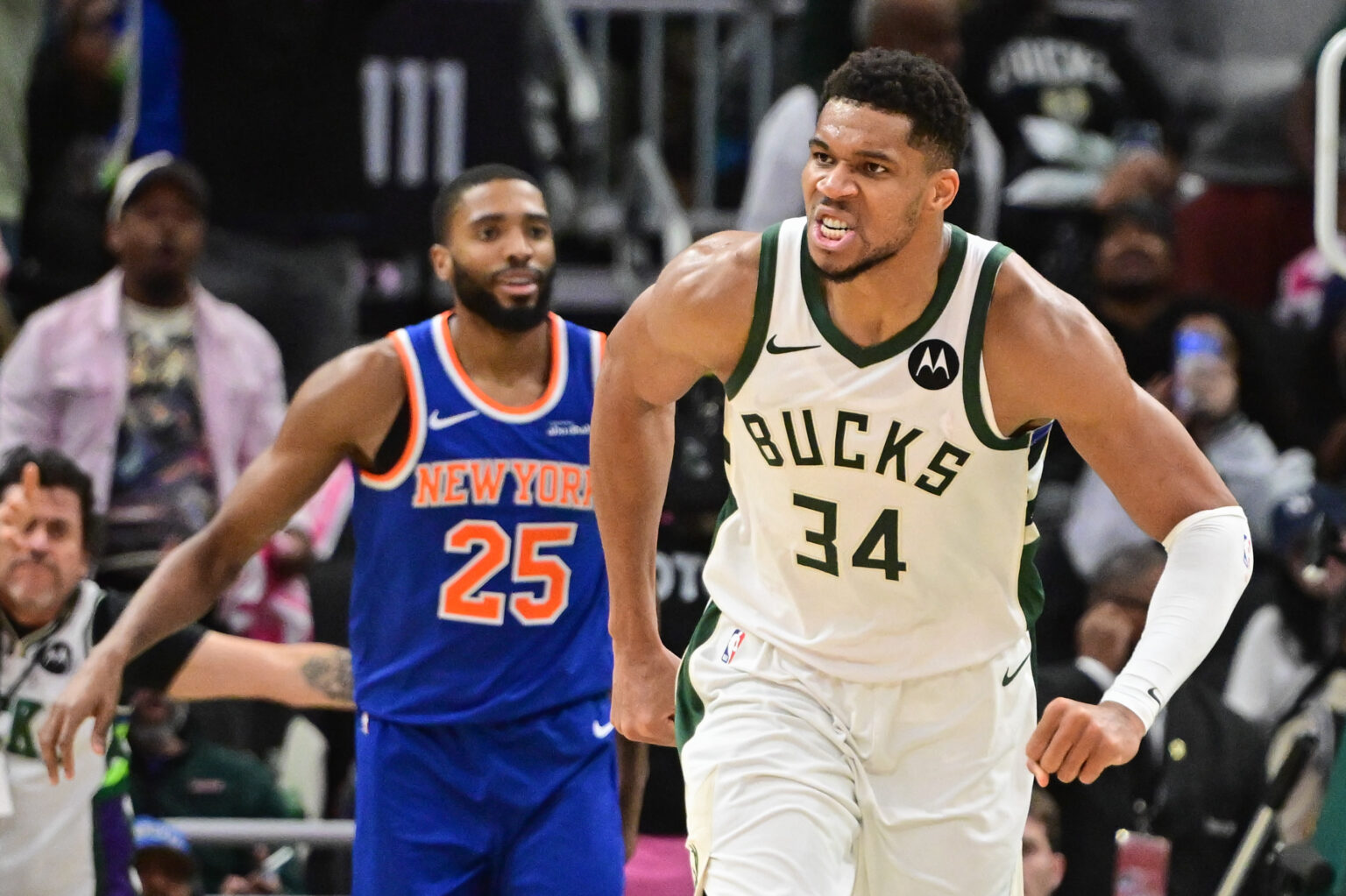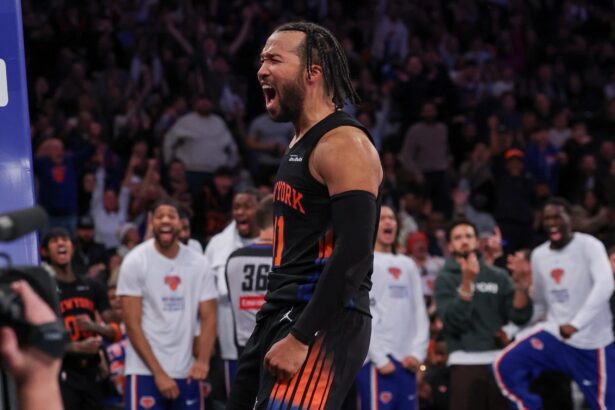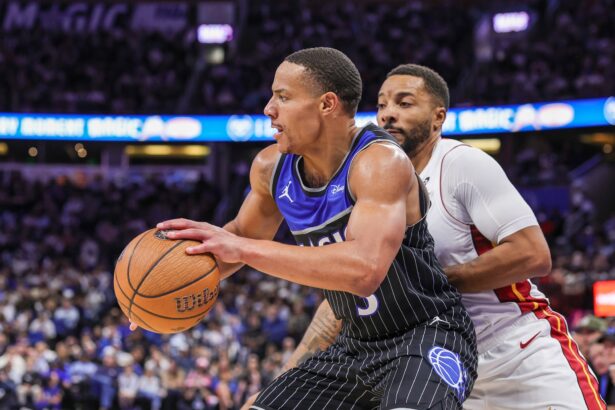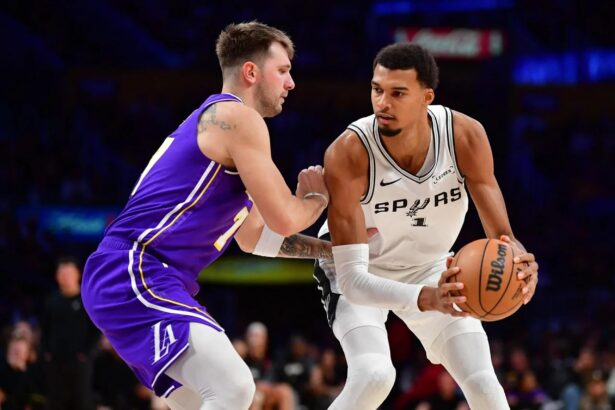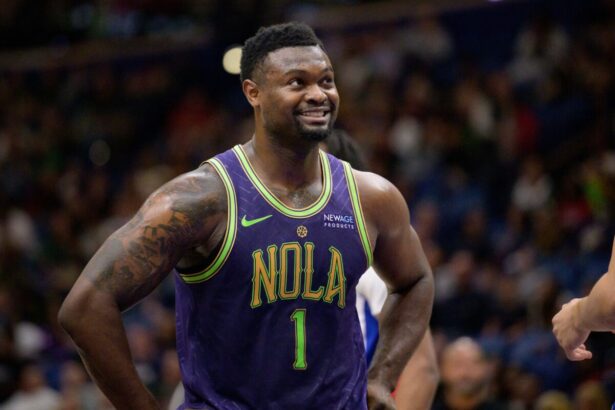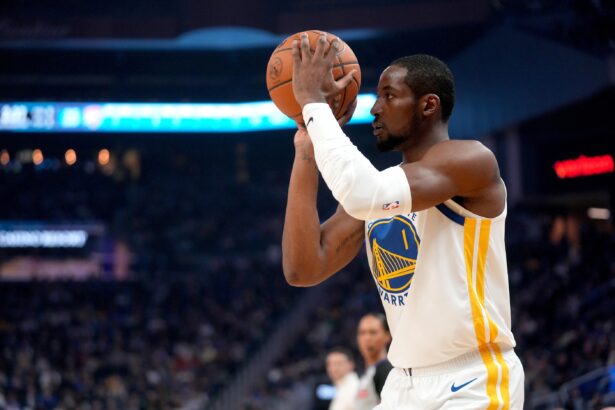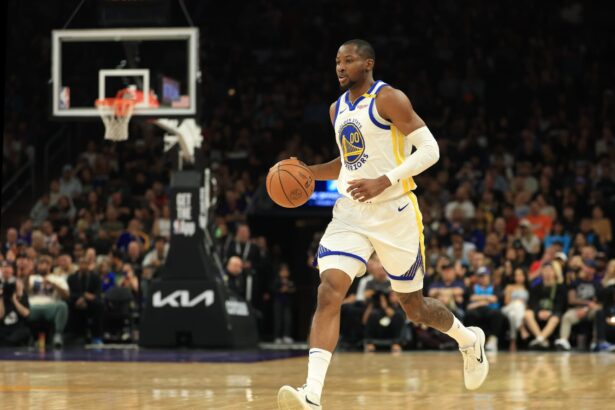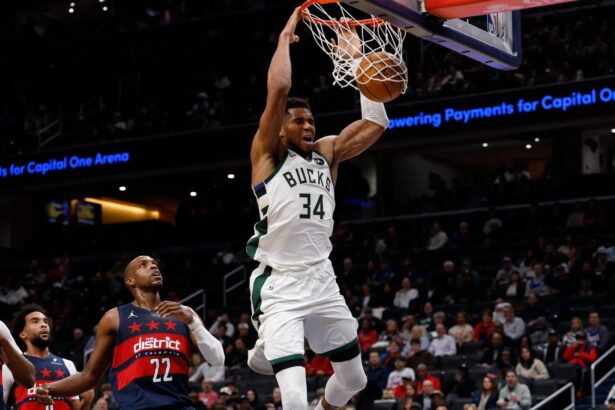The Milwaukee Bucks didn’t just overcome a sluggish start on Tuesday night, but they imposed their will when it mattered most. Trailing by a dozen at halftime and struggling to find any rhythm against a New York Knicks squad riding a five-game streak in the matchup, the Bucks stormed back behind a vintage, takeover performance from Giannis Antetokounmpo.
- 1. Giannis Took Over The Game Exactly When Milwaukee Needed Him Most
- 2. Ryan Rollins’ Breakout Scoring Night Changed The Trajectory Of The Game
- 3. The Bucks’ Defense Made A Massive Second-Half Adjustment
- 4. Cole Anthony Quietly Delivered One Of His Best Floor-General Performances
- 5. The Bucks Showed They Can Win The Physical Battles Late
His paint scoring, strong playmaking, and late-game dominance flipped the tone of the night, turning a deficit into a statement win. New York appeared to have firm control until Jalen Brunson’s fourth-quarter injury sequence shifted the entire momentum. Credit goes to the Bucks for not resting on their laurels, though.
As the All-Star guard grimaced through clear discomfort, Milwaukee seized the opening with a surge sparked by Giannis’ tying dunk. Once the Bucks grabbed the lead, they never loosened their grip, punctuating a 121-111 victory that showcased their confidence when the moment grows tight.
The Bucks now sit at 3-1 so far this season despite waiving Damian Lillard, and are riding Giannis’ dominance on both ends of the court. Let’s go through the instant reaction and key takeaways of the Bucks’ impressive victory.
1. Giannis Took Over The Game Exactly When Milwaukee Needed Him Most
Giannis Antetokounmpo reminded everyone why he’s one of the NBA’s most unstoppable forces and the best two-way presence in the world. His 37-point outing was about complete command of the fourth quarter.
When the Knicks built a double-digit halftime lead and threatened to run away with the game, Giannis responded by shifting the pace and forcing New York’s defense to collapse possession after possession.
But it was his late-game sequence that defined the night. After Jalen Brunson’s injury opened a window, Giannis didn’t hesitate, tying the game with a momentum-shifting dunk and scoring the go-ahead basket minutes later. We can’t look past the Bucks as long as their superstar is on the floor.
2. Ryan Rollins’ Breakout Scoring Night Changed The Trajectory Of The Game
In a game dictated by stars, it was Ryan Rollins’ unexpected eruption that stabilized Milwaukee early in the comeback. His career-high 25 points on 8-of-11 shooting provided essential scoring when the Bucks’ starters were still searching for rhythm.
Rollins showed impressive patience reading coverages, picking his spots as a secondary ball-handler, and drilling four threes with complete confidence. What makes this performance meaningful is how it impacts Milwaukee’s rotation going forward.
The Bucks have needed a spark-plug guard who can create offense independently, and Rollins showed real potential in that role. His shot-making kept the Knicks from loading too heavily onto Giannis, and his fearlessness allowed the Bucks to stay competitive while trailing.
3. The Bucks’ Defense Made A Massive Second-Half Adjustment
After giving up 71 points in the first half, the Bucks flipped the script defensively by tightening their paint coverage and forcing the Knicks into more difficult late-clock shots. Myles Turner and Bobby Portis played more connected minutes inside, closing off drives and controlling the glass after New York dominated early second-chance opportunities.
Milwaukee held the Knicks to just 40 points after halftime, a drastic turnaround in effort, physicality, and discipline. They also mixed in more ball pressure on the perimeter, making life tougher for Mikal Bridges and forcing the Knicks’ shooters to take contested threes.
The communication grew sharper, rotations were cleaner, and the Bucks’ ability to string together stops allowed them to dictate the tempo instead of reacting to it. This defensive surge established the identity Milwaukee needs if it hopes to sustain success deep into the season.
4. Cole Anthony Quietly Delivered One Of His Best Floor-General Performances
Cole Anthony’s 9 assists didn’t jump off the page like Giannis’ box score dominance or Rollins’ scoring burst, but his impact was undeniable. When the Bucks desperately needed composure, Anthony provided exactly that by managing pace, organizing sets, and steering Milwaukee’s second unit with maturity.
His ability to blend scoring threats with controlled ball movement kept the Knicks from locking in on any single offensive option. Anthony’s reads in the pick-and-roll were especially sharp.
For a team that has sometimes struggled with flow and decision-making when Giannis sits, Anthony’s performance is a major positive sign for the stability of Milwaukee’s bench offense.
5. The Bucks Showed They Can Win The Physical Battles Late
A big part of Milwaukee’s late-game dominance came from meeting New York’s physicality head-on. The Knicks controlled the boards early, punished Milwaukee inside, and looked like the stronger, more aggressive team in the first half.
But once the Bucks settled, they began matching New York’s energy on loose balls, defensive rebounds, and contested drives at the rim. It was a complete reversal of the toughness battle.
This late surge in physicality allowed Milwaukee to seize control of tempo and avoid giving the Knicks the extra possessions that often swing tight matchups. From Giannis’ relentless rim pressure to Turner’s shot-blocking presence to the guards digging into Brunson and Bridges, the Bucks played with playoff-level urgency down the stretch, which was very impressive.

